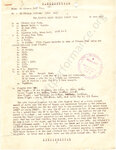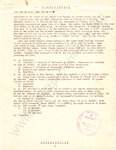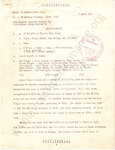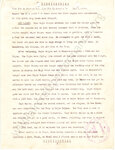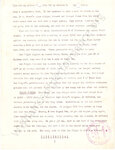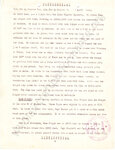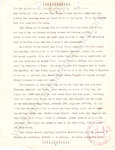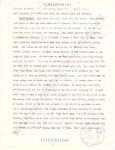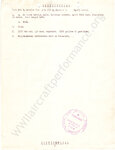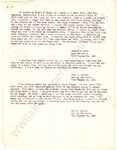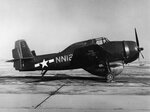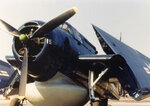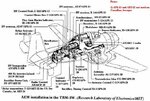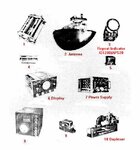It's no surprise you noticed them
Ed Linfante, a 506 Mustang driver who flew "Shanghai Lil" said they were were supposed to be used as an aid for dive-bombing. Your height and distance aside of the target before you dived dictated which line to use, higher altitude meant using a stripe further out from the fuselage.
Every 506th Mustang had those stripes and I don't think any other Mustang units in the Pacific used them, only the 506th.
I had a feeling it was for some form of ground attack as their point of origin seemed to be the cockpit / pilots cranium. In the two planes I flew that dropped ordinance we had reference points (unmarked) that we used for certain attacks.
Cheers,
Biff

